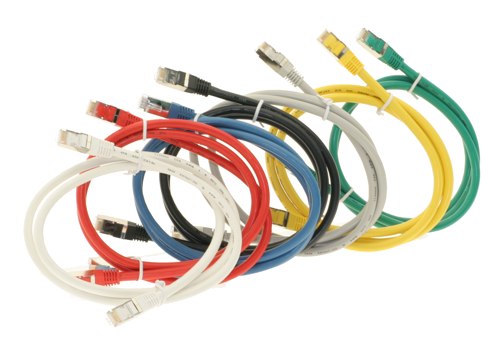
Data Center Cabling Best Practices – Part 3
 As mentioned previously, modern data centers must be flexible, scalable, reliable, and manageable, making best practices required. Part 3 will cover Color Identification and Naming Scheme.
As mentioned previously, modern data centers must be flexible, scalable, reliable, and manageable, making best practices required. Part 3 will cover Color Identification and Naming Scheme.
Color Identification
A method of fast visual identification, color coding makes management simpler, conserving time spent on the tracing of cables. Patch panel ports can also be coded, and various colored jacks and inserts are also coded. As determined by a particular manufacturer’s own color scheme, cables are available in numerous colors, each of which can be made applicable to the specific function of a cable or connection type.
Color schemes are expandable through the use of color bands at the end of every cable, using various colored sleeves and colored ports on the patch panel. However, it will also be necessary to use a secondary non-color scheme to make it possible for those who are color blind to identify the cables.
Naming Schemes
After determining the physical layout for the cabling that will be used, use a naming scheme that can be logically applied for facilitating fast and effortless identification of every cable component. Labeling can be an especially effective way to improve team communication among staff members because it makes confusion and uncertainty unlikely when a colleague must search for a particular component. Clear labeling is integral to the success of the naming scheme, and it should not be neglected.
A good naming scheme documents and labels every cable component. The following is the typical hierarchy for a naming scheme: Building, Room, Rack, Patch Panel, Workstation Outlet, Port, and Cable. Each should receive a designation indicating its location preceded by the area(s) above it. For example, Rack A03 would receive the designation SJ01-5D11-A03, if Room is designated SJ01-5D11, and Building is designated SJ01.
Upon the approval of the naming scheme, your team can begin labeling components. The team should prioritize drafting a manual that details the naming scheme and include it as part of the training program for newly hired data center administrators.
The Best Practices for Cable Component Selection will be discussed in the next series.
Union Network Cabling
When your work requires a unionized cabling group, call on Progressive Office Inc. for your commercial Cat5e/6/6a and fiber cabling projects. Specializing in cabling for data, voice, security and even the latest WiFi and LiFi solutions. Phone: (202) 462-4290


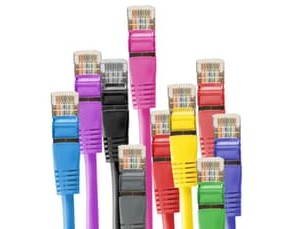
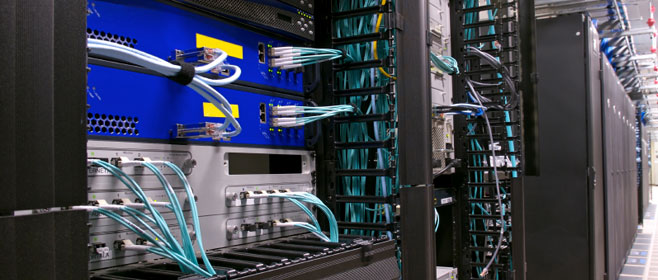
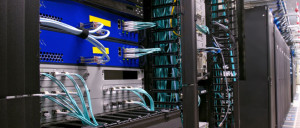 Modern data centers are equipped with devices and networking equipment that connect them. These devices demand increasingly greater bandwidth, and so their fiber or copper
Modern data centers are equipped with devices and networking equipment that connect them. These devices demand increasingly greater bandwidth, and so their fiber or copper 
 It is inevitable that applications requiring speeds greater than 100 Mbps and 1000 Mbps will increase. The growing use of wireless devices, high resolution images, HD video streaming, surveillance, and multimedia are straining the capacity of
It is inevitable that applications requiring speeds greater than 100 Mbps and 1000 Mbps will increase. The growing use of wireless devices, high resolution images, HD video streaming, surveillance, and multimedia are straining the capacity of 

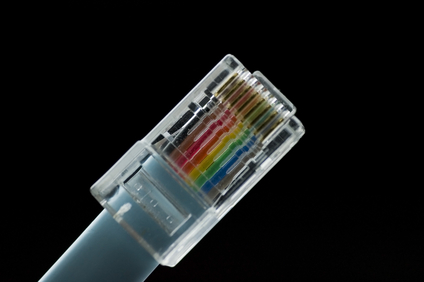
 Nowadays offices and homes utilize either a wireless (Wi-Fi) connection or wired
Nowadays offices and homes utilize either a wireless (Wi-Fi) connection or wired 

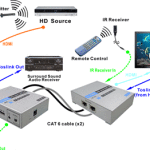 Data volume has grown extensively. Also, the processing capacity to users continues to get grow. Specialists in
Data volume has grown extensively. Also, the processing capacity to users continues to get grow. Specialists in 